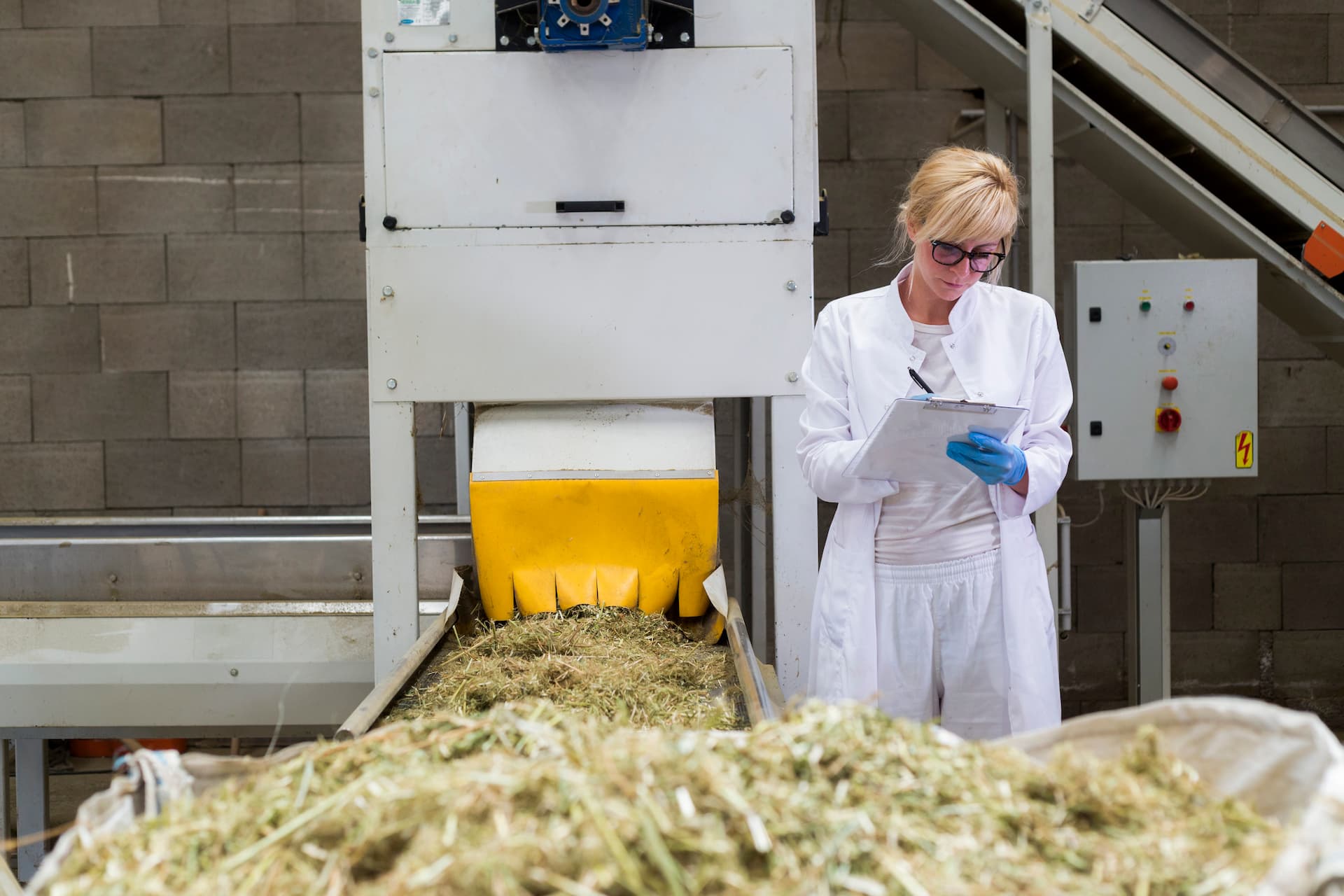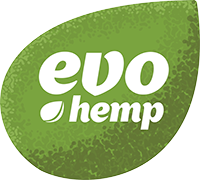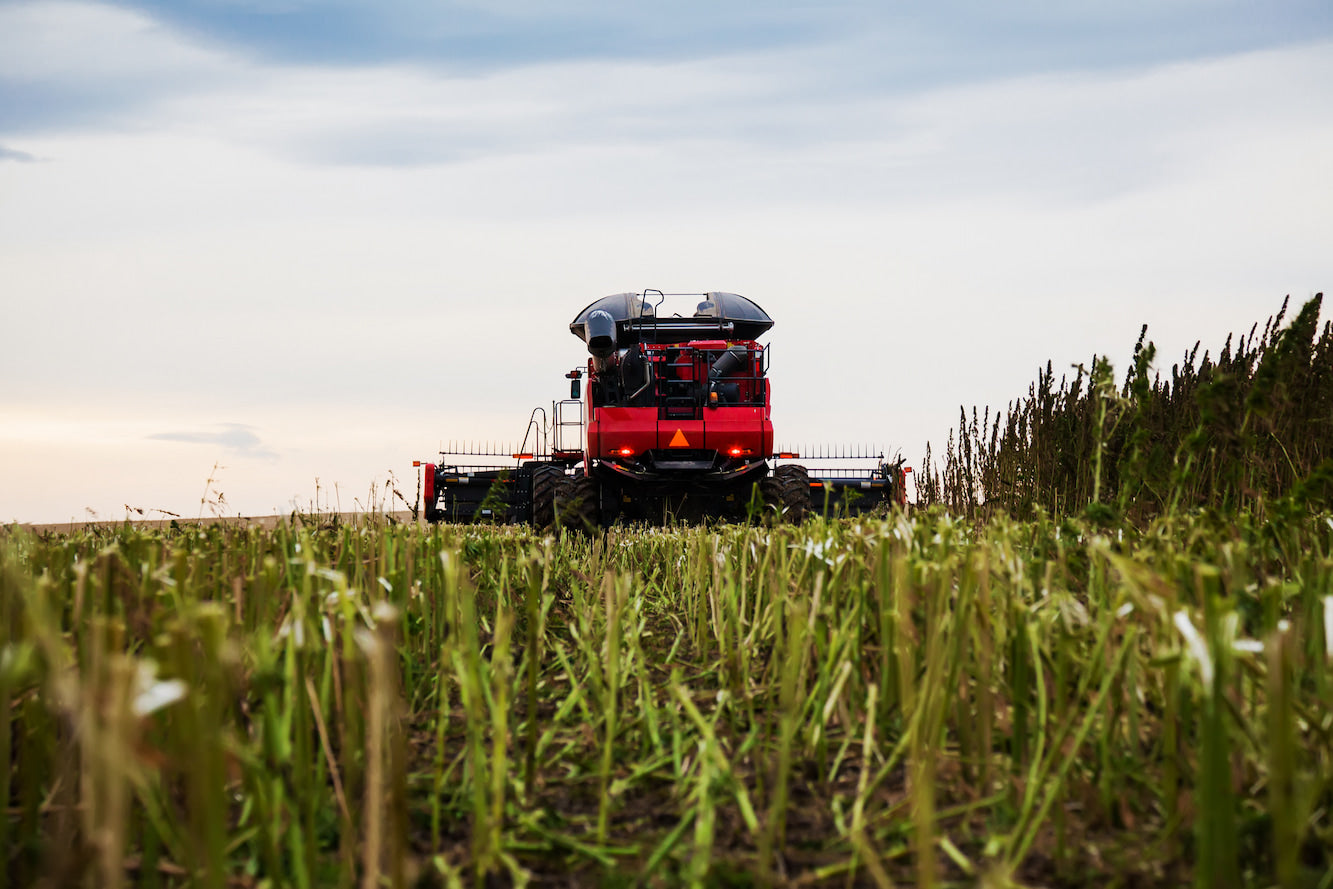CBD Certificate of Analysis: What It Is & How To Read It

It’s easy to find information about the benefits of CBD almost anywhere. It’s a wildly popular wellness tool with a large following, and the use of CBD has become so widely accepted that CBD-infused products are popping up in grocery stores and pharmacies around the country. It’s tempting to pick up a bottle, start using it, and take the packaging at face value.
What most people don’t realize is that many CBD products don’t have a proper certificate of analysis. It’s natural to assume that products you purchase at brick and mortar stores are safe, reliable, and effective. With CBD, that’s not always the case.
CBD isn’t regulated in the same way that many pharmacy-style products are regulated. Reading the certificate of analysis for each batch is the only way to with absolute certainty that the product you’re buying is actually true to its labeling.
What Is a Certificate of Analysis?
A certificate of analysis is a document provided by a testing lab. The lab receives a batch of CBD from a company after the company has produced their CBD extract. The lab uses spectrometry and chromatography tools to identify each individual component of the oil and is able to show how much of each cannabinoid exists in the extract.
The lab will create a percentage breakdown of the overall product, determining how many milligrams of each cannabinoid are present per gram of hemp extract.
Some labs will also test for contaminants and heavy metals in hemp products. These tests are most important if the hemp was sourced overseas or if the hemp came from multiple sources.
Why Is the Certificate of Analysis Important?
There are no laws regarding the way hemp-derived CBD products need to be labeled. Brands can use misleading language, or even print outright lies on their packaging. Without a certificate of analysis, there’s no way to know if there’s any truth in the claims you’re being presented.
There have been numerous cases of hemp-derived CBD products reaching the market without proper analysis, and they weren’t what they claimed to be. Researchers have sent random CBD samples to independent laboratories. Some of the results were startling. Many products misrepresented the amount of CBD contained in each bottle, with some containing absolutely no CBD at all.
Certificates of analysis are crucially important for people who can only use CBD isolate products or CBD products that have otherwise had trace amounts of THC removed. Although the minor amount of THC in hemp-derived CBD products is nowhere near enough to produce psychoactive effects, it may accumulate in the body’s fat stores and cause false positives on some types of drug tests.
This is a risk that many people cannot afford to take. Athletes that have to adhere to World Anti-Doping Agency standards are free to use CBD, but they cannot have any THC in their systems. People who work for their states or their government and people who work in certain fields are also forbidden from using THC products. The inadvertent consequences of potential false positives from full-spectrum CBD products aren’t worth the risk.
The only way to know for sure that the CBD you’re using contains no trace amounts of THC is to view the certificate of analysis. It’s necessary for your peace of mind and security.
Does CBD Have To Be Analyzed?
Currently, CBD analysis is not required before CBD products can be sold to the general public. CBD is regarded as a supplement, rather than a medical product. Since CBD oil products aren’t approved by the FDA or recognized for their medical value in any formal context, they aren’t subject to the same rules.
The only exception the FDA has for CBD products is the prescription drug Epidiolex, which is a highly concentrated CBD formulation used to treat rare seizure disorders. Every other CBD product exists in uncharted territory.
The FDA doesn’t require food or cosmetic companies to test and analyze every batch of every product they create, either, and to the FDA, CBD products aren’t much different from multivitamin gummies or shampoo.
While discerning CBD users and advocates for hemp-based products frequently stress the importance of lab testing for CBD products, there is not yet a formal law that would require CBD companies to comply with testing.
Instead of legally compelling companies to test their products, the FDA issues warnings based on reports. This means that inaccurately labeled or potentially dangerous CBD products often still make it to market where people will consume them without understanding the potential harms of what they’re ingesting.
Although analysis is voluntary, it’s reasonable to suspect that a CBD company that would choose to forego analysis may have something to hide. They could be deliberately mislabelling their products, such as claiming that they contain far more cannabinoids than they actually contain. Poor manufacturing processes or bad hemp sourcing can lead to contaminants, residual solvents, or pesticides in the product.
Unless you’re able to view lab results for the batch of the product you’re about to purchase, you shouldn’t purchase it. There are so many ethical and reputable brands who are happy to provide their certificates of analysis. Shop with them (hint hint).
How Do I Know the Analysis is Legitimate?
Analysis should always be performed by an independent lab. A third party has no stake in the sale of the product, leaving them impartial and without conflict of interest.
CBD companies that test their products in-house don’t always have bad intentions and aren’t necessarily looking to deceive their consumers. In-house testing may be their way of streamlining the process, although it may raise doubts relating to the authenticity of the product in the minds of skeptical consumers.
Many companies who test their products in-house understand these concerns and will also send samples out to a third party. They’ll post the in-house results in conjunction with the third-party analysis for your comparison. The two should be virtually identical, although slightly different results may occur as a result of different testing methods and equipment between labs.
The certificate of analysis should list the name or logo of the lab at the top. It should also state the name of the company who sent the sample for testing, as well as the address of that company. Every key player in the process should be in the header of the certificate.
The top portion of the certificate analysis will clearly state what tests were performed and the methods used to perform those tests. The date of the sample provided, the batch number, and the type of product tested should correlate to the product you’re purchasing.
It isn’t unusual to see a certificate of analysis for CBD that was processed a few years before you purchased the product. Hemp companies often harvest entire crops at a time, resulting in a huge batch of CBD they use to formulate a wealth of products throughout the year. The expiration date on the product you ultimately receive is designed to reflect the entire timeline.
The very bottom of the report should have two approval signatures provided by employees of the lab who prepared and reviewed the results of the analysis. The bottom of the report should contain vital information about the testing laboratory, including their contact and licensure information.
If you want to go the extra mile to ensure that the certificate of analysis displayed by the brand is correct, go to the lab’s website. Most labs will verify the authenticity of their certificates of analysis. You can save the certificate as a PDF and upload it to a contact form, along with your information. The company can respond with the veracity of the certificate of analysis.
This may seem like a lot of complicated hoops to jump through, but many consumers are glad they have the option to view and vet this information. Until official standards and regulations are established regarding CBD products, viewing and vetting a certificate of analysis is the only way to know if a CBD product is genuine and accurately represented.
Here’s one of our own COA’s from a recent batch of our Daily Strength CBD Oil (which is full-spectrum):
Understanding Cannabinoids on the Analysis Certificate
Although CBD and THC are the two most commonly discussed cannabinoids, they’re among over one hundred cannabinoids that the hemp plant contains. There are more than a dozen other cannabinoids frequently found in substantial concentrations in most hemp plants, and a lab analysis will typically check for the presence of those cannabinoids.
Cannabinoids exist in different stages in forms. You’ll see several types of THC, as well as cannabinoids ending in “A,” “V,” or “VA.” These are inactive cannabinoids that cannot be utilized by your body. They have a group of special plant acids still attached. They aren’t harmful to you, and they won’t produce any effects when ingested. In their current forms, they’re only useful within a living hemp plant.
Cannabidiol (CBD) and delta 9 THC are the cannabinoids that warrant the most attention. You may see cannabichromene (CBC), cannabigerol (CBG), delta 8 THC, and cannabinol (CBN). These cannabinoids have their own list of potential benefits, but they’re usually only present in such minuscule amounts that they wouldn’t impart any benefits or effects.
Understanding Percentages on a Certificate of Analysis
A certificate of analysis gives you two ways to view the amount of each cannabinoid in the batch of hemp extract. There will be a results column that displays the percentages of cannabinoids, as well as a graphic representation of cannabinoids by weight located beside the results.
Cannabinoids that show 0.0% or “ND” (non-detect) in the lab results indicate that levels of the cannabinoid were so low that the equipment wasn’t able to find any in the sample. Most cannabinoids will show a low percentage or a fraction of a percent. Unless the CBD you’re purchasing specifically mentions enhanced amounts of specific cannabinoids, it’s normal to see most percentages below 1%.
It’s also normal to find THC in CBD products (albeit in tiny, tiny amounts). The U.S. Farm Bill declares that any cannabis plant containing 0.3% THC or less by weight is a hemp plant.
The certificate of analysis should show a percentage breakdown of how much of each cannabinoid was found in the sample of extract. If that amount is less than 0.3%, the extract was taken from hemp and has been accurately represented.
If the product contains any detectable amounts of THC, it isn’t a broad-spectrum product. You can’t use this CBD if you’re forbidden from ingesting products containing THC, or you may run the risk of triggering a false positive on a urinalysis test.
When you look at this breakdown, you should see that CBD makes up the majority of the sample, yet it’s only 5% to 6% of the total sample. This may seem counterintuitive or confusing at first, but there’s nothing amiss.
Hemp extracts contain concentrated cannabinoids, but the majority of what comes from the plant are not cannabinoids. The extract is mostly the natural oils like aromatic terpene compounds, fatty acids, and waxes from the plant. It’s not unusual for these compounds to make up more than 90% of the total extract.
A single fluid ounce of hemp extract will typically contain well over 1,000 milligrams of CBD, even if it’s only 5% CBD by weight. Manufacturers use carrier oils like hemp oil to dilute the extract to an appropriate strength. Low-dose CBD products simply contain more carrier oil and less extract. As doses get higher, the ratio of extract to carrier oil increases in favor of the extract.
Reading a Certificate of Analysis for CBD Isolate
CBD isolate products are different. Isolate products should be 99% CBD by their weight. They shouldn’t contain meaningful amounts of any other cannabinoids, fatty acids, waxes, or terpenes.
When reading a certificate of analysis for a CBD isolate product, every single column except for the cannabidiol (CBD) column should read 0.0%. The CBD column shouldn’t read 99%. The percentage breakdown on the side of the analysis should also read 99%. These certificates of analysis should be easy to read at a glance due to the simplicity of the product.
Here’s an example of a COA for a batch of our Pure CBD Crystals:
evo hemp’s Products Are All Third Party Lab Tested
The purity, quality, and safety of CBD products is something we take very seriously at evo hemp. Every batch of our CBD products is tested, and we post certificates of analysis for every product, right on each product page (just scroll down!).
We want you to take comfort in knowing that we value your wellness just as much as you do, as we test for consistency, quality, purity, and potency, every time, as it should be.
Sources:
New Report Finds 25% Of CBD Products Are Not Tested For Purity | Forbes
Warning Letters and Test Results for Cannabidiol-Related Products | FDA
2018 Farm Bill Provides A Path Forward for Industrial Hemp | American Farm Bureau Federation
Cannabinoids, Phenolics, Terpenes and Alkaloids of Cannabis | MDPI Journals
- Tags: CBD



